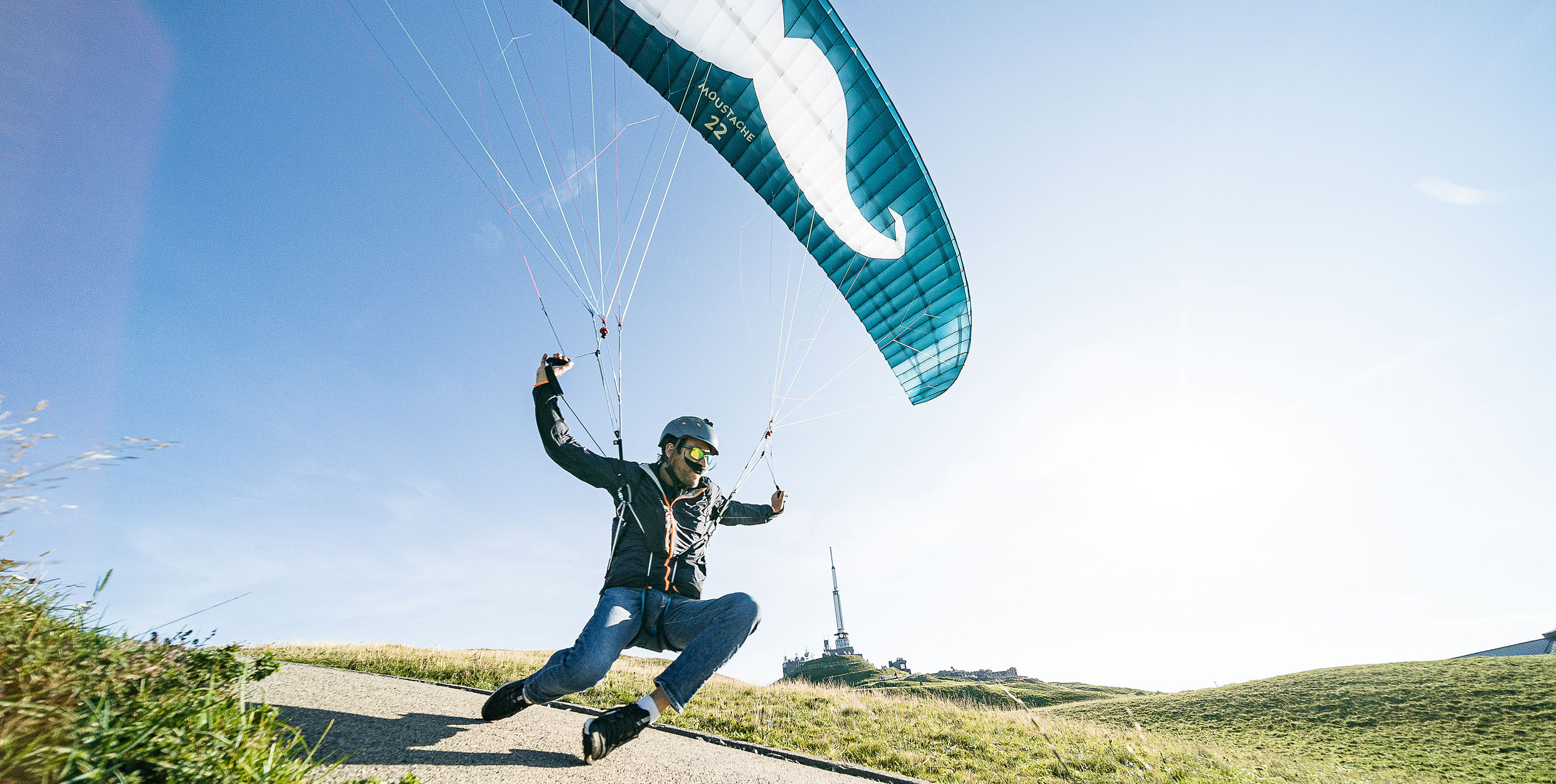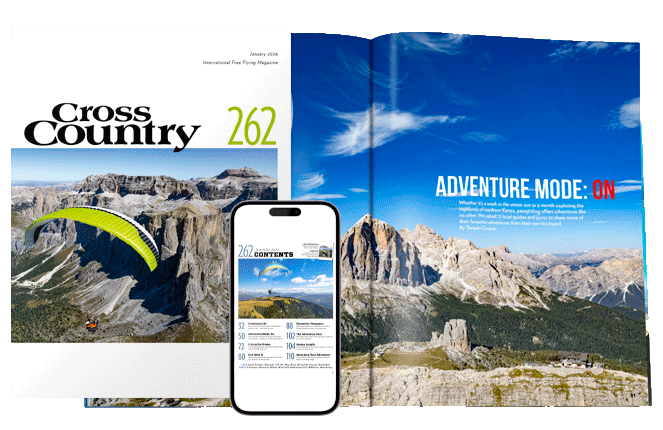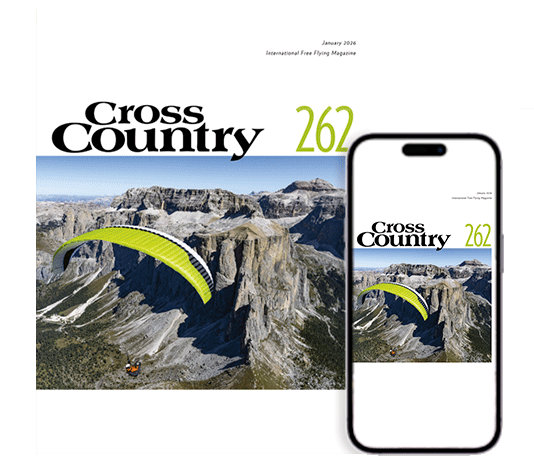Is it a speed glider, paraglider or kite? It’s a Moustache! Seb Ospina and Luke Nicol flew one of the first production wings. Bastienne Wentzel finds out more
Curiosity, anticipation, confusion, skepticism. The launch of the Flare Moustache created quite a stir in the free flying community. What is it? Who needs it? And how does it fly? We found out from the designers and then took the Moustache to the test.
Flare is a new brand from the same company as Skywalk. In March they released their one and only new wing, the Moustache. They call it a parakite, and it’s designed for having fun in strong winds on the dunes or at soaring sites. It looks like a paraglider but Flare don’t call it that, and it’s not made for thermal flying. Beni Kälin, paragliding and speedflying instructor and part of the Flare development team says: “It’s a...


